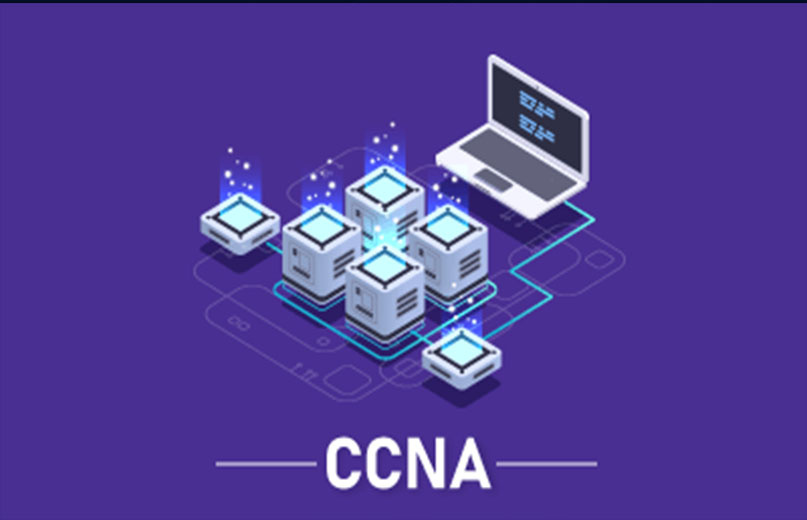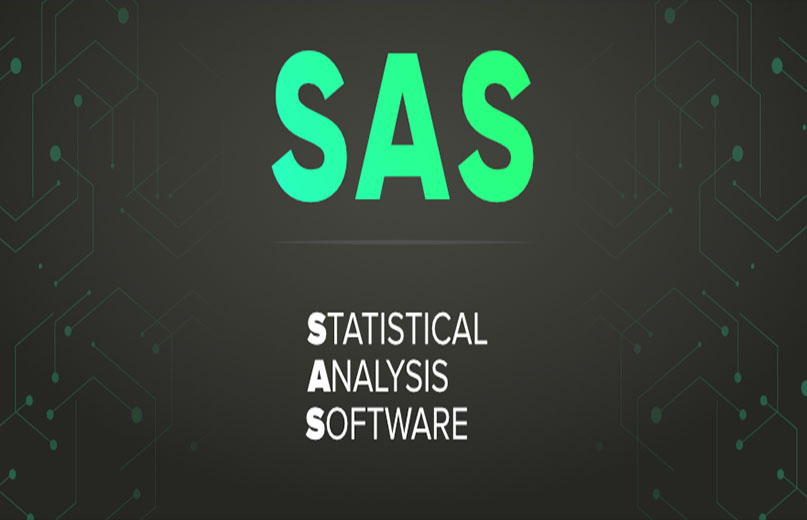Manual Testing
Manual testing : Manual testing is a software testing approach where testers manually execute test cases without the use of automation tools or scripts. In manual testing, testers interact with the software application under test (AUT) as an end-user would, exploring its features, functionalities, and user interface to identify defects, […]
Big Data and Hadoop
What Is Big Data and Hadoop : Big data refers to large and complex datasets that are difficult to process and analyze using traditional data processing techniques. These datasets typically exhibit the characteristics of volume, velocity, variety, veracity, and value. Big data originates from various sources, including social media, sensors, […]
CCNA
CCNA, or Cisco Certified Network Associate : CCNA stands for Cisco Certified Network Associate. It is a certification program offered by Cisco Systems, a leading provider of networking solutions and technology. The CCNA certification is designed to validate the knowledge and skills required to operate, troubleshoot, and manage small to […]
CSS-3
CSS3, or Cascading Style Sheets Level 3 : CSS3, or Cascading Style Sheets Level 3, is the latest version of the CSS specification, which is a style sheet language used for describing the presentation and layout of web pages written in HTML and XHTML. CSS3 introduces new features and enhancements […]
Machine Language
Machine language :Machine language, also known as machine code or binary code, is the lowest-level programming language understood by computers. It consists of instructions and data represented in binary form (0s and 1s) that are directly executed by the computer’s central processing unit (CPU). Each instruction in machine language corresponds […]
LINUX
Linux : Linux is an open-source operating system kernel originally developed by Linus Torvalds in 1991. It is based on the Unix operating system and is widely used as the foundation for various Unix-like operating systems, commonly referred to as Linux distributions or distros. Linux is known for its stability, […]
R-Programming
R-Programming: R is a programming language and environment specifically designed for statistical computing and data analysis. It provides a wide range of statistical techniques and graphical capabilities and is widely used by statisticians, data scientists, researchers, and analysts for various purposes. Here are some key aspects and uses of R […]
SAS
SAS : SAS, which stands for Statistical Analysis System, is a software suite developed by SAS Institute Inc. for advanced analytics, business intelligence, data management, and predictive analytics. SAS provides a comprehensive range of tools and capabilities for analyzing large datasets, deriving insights, and making data-driven decisions. Here are some […]
C&C++
The C & C++ Programming : C: The C & C++ Programming C: C and C++ are two of the most popular programming languages used for system and application software development. Here’s an overview of each language and their typical uses: 1.C Programming Language: – C is a general-purpose, procedural […]
PHP
PHP: PHP, which stands for Hypertext Preprocessor, is a popular server-side scripting language designed primarily for web development. Originally created by Rasmus Lerdorf in 1994, PHP has since evolved into a powerful and versatile language used by millions of websites and web applications worldwide. Here are some key aspects and […]











